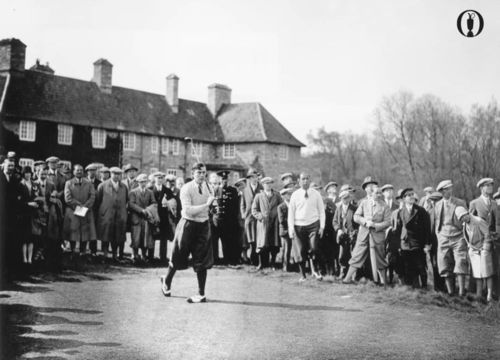Links Golf Definition
Have you ever heard of Links Golf? It’s a term that might sound a bit unusual, but it’s actually a fascinating aspect of the game of golf. In this article, I’ll delve into the definition of Links Golf, its history, the unique characteristics of Links courses, and how it differs from other types of golf courses. So, let’s get started on this exciting journey.
What is Links Golf?

Links Golf refers to a style of golf played on courses that are situated on natural Links land. Links land is a type of terrain that is characterized by its sandy soil, which is often found along the coastlines of Scotland, Ireland, and parts of the United States. These courses are known for their challenging and picturesque landscapes, which have been shaped by the elements over thousands of years.
History of Links Golf

The origins of Links Golf can be traced back to the early 17th century in Scotland. The first recorded Links course was the Musselburgh Old Course, which was established in 1672. Over time, Links courses became popular among the Scottish nobility and were often used for competitive play. The game of Links Golf has since evolved, but its core principles remain the same: challenging play on natural terrain.
Characteristics of Links Courses

Links courses are known for their unique characteristics that set them apart from other types of golf courses. Here are some of the key features:
| Feature | Description |
|---|---|
| Sandy Soil | Links courses are built on sandy soil, which can be challenging to play on due to its softness and graininess. |
| Wind | Wind is a constant factor on Links courses, which can make shots more difficult and unpredictable. |
| Undulating Terrain | Links courses often have undulating terrain, which can create challenging lies and require precise shot-making. |
| Scenic Beauty | Links courses are known for their stunning coastal views and natural beauty, which make them a favorite among golfers. |
These characteristics contribute to the unique challenge and enjoyment of playing Links Golf.
Differences from Other Golf Courses
While Links courses share some similarities with other types of golf courses, there are several key differences:
-
Terminology: Links courses are specifically referred to as “Links” to differentiate them from other types of courses, such as parkland or heathland.
-
Design: Links courses are designed to take advantage of the natural terrain and elements, such as wind and sand dunes, while other courses may be designed to minimize these factors.
-
Playability: Links courses can be more challenging to play due to the sandy soil and undulating terrain, while other courses may be designed to be more forgiving.
These differences make Links Golf a unique and exciting experience for golfers of all skill levels.
Notable Links Courses
There are several renowned Links courses around the world that have become iconic destinations for golfers. Here are a few notable examples:
-
St Andrews Links (Scotland): Often referred to as the “Home of Golf,” St Andrews Links is one of the most famous Links courses in the world.
-
Royal Troon Golf Club (Scotland): Located on the Ayrshire coast, Royal Troon is known for its challenging and picturesque layout.
-
Royal County Down Golf Club (Northern Ireland): This course is renowned for its stunning scenery and challenging play.
-
Pebble Beach Golf Links (United States): Located on the California coast, Pebble Beach is known for its breathtaking views and challenging play.
These courses offer a unique experience that is truly one-of-a-kind.
Conclusion
Links Golf is a unique and exciting style of golf that offers a challenging and picturesque experience. Its history, characteristics, and differences from other types of golf courses make it a favorite among golf enthusiasts. Whether you’re a seasoned golfer or a
















